“I can feel the warning signs running around my mind” – Noel Gallagher.
So far the day tour of Chernobyl has the mind constantly churning with thoughts. Against a dirty, smoggy, swollen sky it hardly seems appropriate to smile at any point. It’s easy to know that something bad happened here. You just sense it in the air. The air didn’t even feel clean, but then again, having backpacked through 13 Provinces of China so far, the air isn’t always clean anyway. But something else sticks – some kind of smell. Like an intermittent headache that lingers 29 years later, on and off. White and black. Hot and cold. Without a guide book, map or list of top sights to tick off, we go backpacking through the streets of Kopachi.
We have left the site of the secret radar system and visit our second settlement of the day, after our earlier visit to Chernobyl town. What? People live here? Yes, people live within the Chernobyl Exclusion Zone. Not many of them, but some live here. We are off backpacking in downtown Kopachi.
Except there is one problem – the town no longer really exists. Kopachi suffered badly during the Chernobyl disaster and to this day, you can still drive right through the town, looking at where houses once were, people once lived and now, 29 years on, times have changed. Trees are now growing through the old town centre.
All the wooden buildings in Kopachi were destroyed and taken apart to be de-radiation ised. A town once housing 1,114 people now lies in ruins. It has a difference to Agdam in Nagorno Karabakh however – there are trees everywhere. Karabakh was rather barren.
For a backpacker here, the four main sad sights, seem to be as follows (and you can tick them off quite easily with your guide in tow):
1.Radiation Warning Signs
Arrival in Kopachi comes with a massive reminder of where we are. In this area there are lots of signs showing the radiation logo and displaying the risk. The air feels decidedly choke-ier and I do try to drink more water and noticeably, I cough more on my exit from this sad little town.
2.The Radioactive Tree
Misha grabs the Geiger counter, “come here lads, check this out” and as he holds the Geiger Counter to the roots of a huge tree, the dial goes skew-wif. It’s a high reading. It’s radioactive here. It’s like 5.9 usv/h on the Geiger Counter. Most places on the tour remain below 1 usv/h.
3.The Soviet Statues
Downtown Kopachi won’t make the Lonely Planet’s Top things to do in Ukraine nor should you go here on a honeymoon. But there are some reminders of pre-1986 Kopachi. The Soviet statues still stand near where the town centre once was, and in front of a building. A building which is now the largest standing structure in Kopachi, the Kindergarten.
4.Kopachi Kindergarten
The sadness is clear for all to see here. The Kindergarten in Kopachi has been left entirely the way it was. Books on the floors, dolls in the dorm rooms, music books, tables, beds. The place is like something out of a horror movie. And so it should be. The disaster was horrific. There hasn’t been a need to clear this kindergarten out.
Seriously, 29 years later (now almost 30) and the Kindergarten in Kopachi remains as it was on the fateful day it was evacuated.
There is a real sadness when you walk around it. I went into most of the rooms. But I didn’t need to go into all of them. Misha waits for us – we can spend as long as we want inside the Kindergarten but once you’ve seen the horrors of it, you get the idea.
We spent less than 40 minutes in Kopachi and that’s all you need here. The rest of the town was destroyed to cover the radiation risks. A lot of it was buried underground. Kopachi was evacuated and nobody ever returned. After the kindergarten tour we are heading to the scene of the crime. Reactor Number 4. The day is coming together well.
Here are my videos from backpacking in the ruins of Kopachi. Some scenes may be disturbing:

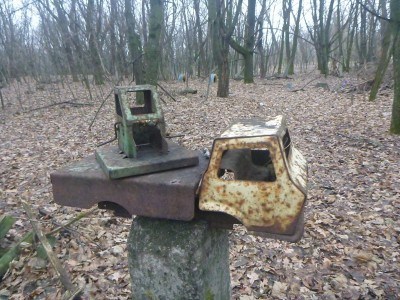
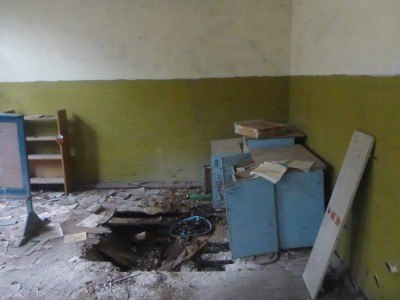
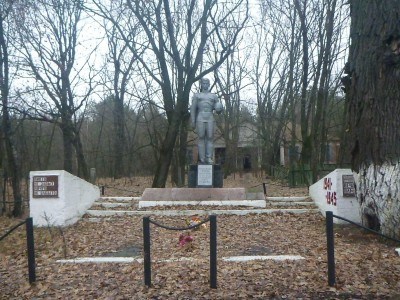
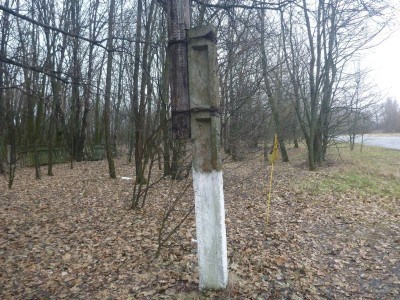
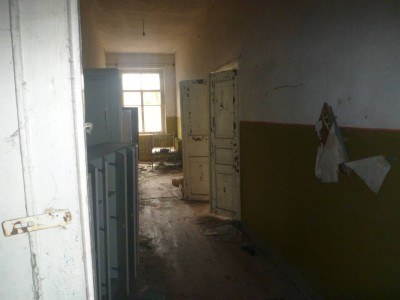

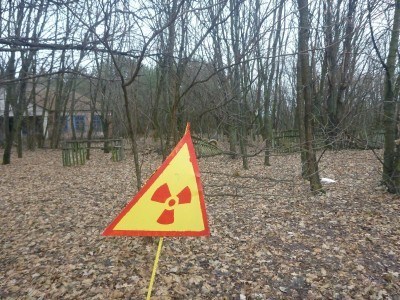
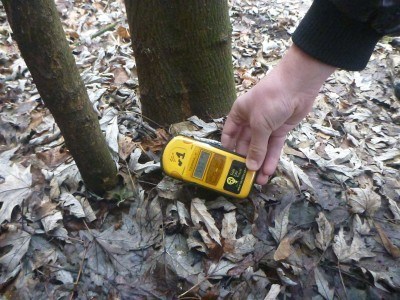

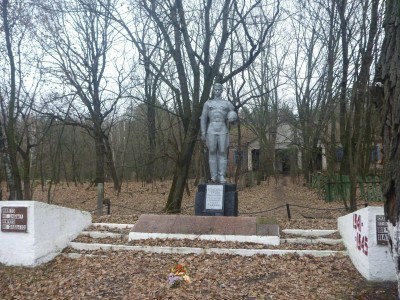
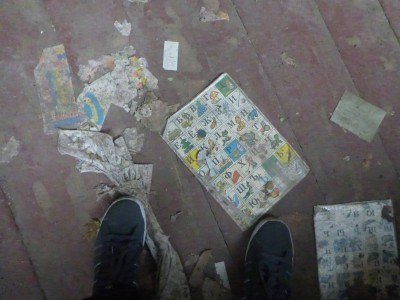
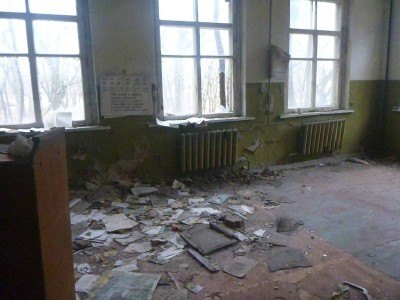
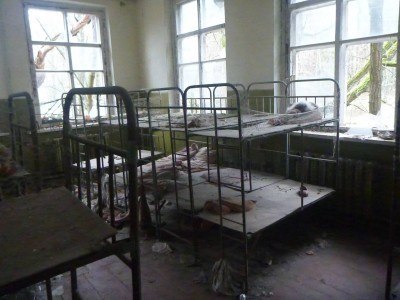
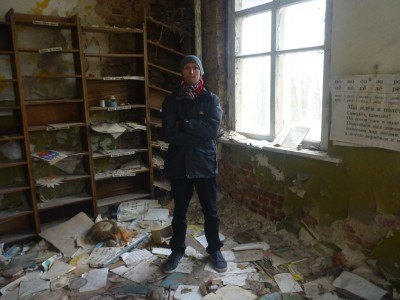
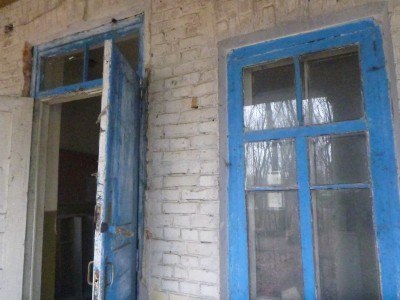

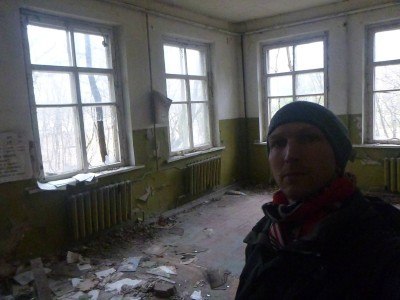
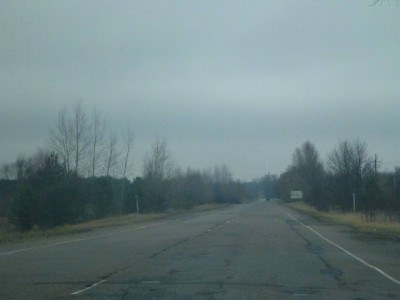
Really sad to see … people need to subject themselves to these sights so we treat nuclear energy with the sensitive attention required. A series of human mistakes led to this land being unsuitable for human habitation for thousands of years…
As I read through this, a strange chill went up my spine. Must have been a really strange and scary for you to be there in person.
Hi Shaurya Jain, Thanks for your comment. Yes it is a very sad place and one of my future articles, on Pripyat will be even sadder. Safe travels. Jonny
Hi Ronny, thanks for the comments. Not sure about thousands of years though – Chernobyl was 1986 and people still live there 30 years on. Exposure to radiation on a day tour of Chernobyl is the same as getting a tube in New York/London for 2 hours, a 2 hour flight or a dental X-Ray. Big mistake of course, but not thousands of years. Safe travels. Jonny
The “Radioactive Tree” really says it all, doesn’t it? Yikes!
Hi Ray, definitely – crazy geiger counter readings or what? I wouldn’t like to live there. Day trip and in out is the key! Safe travels. Jonny